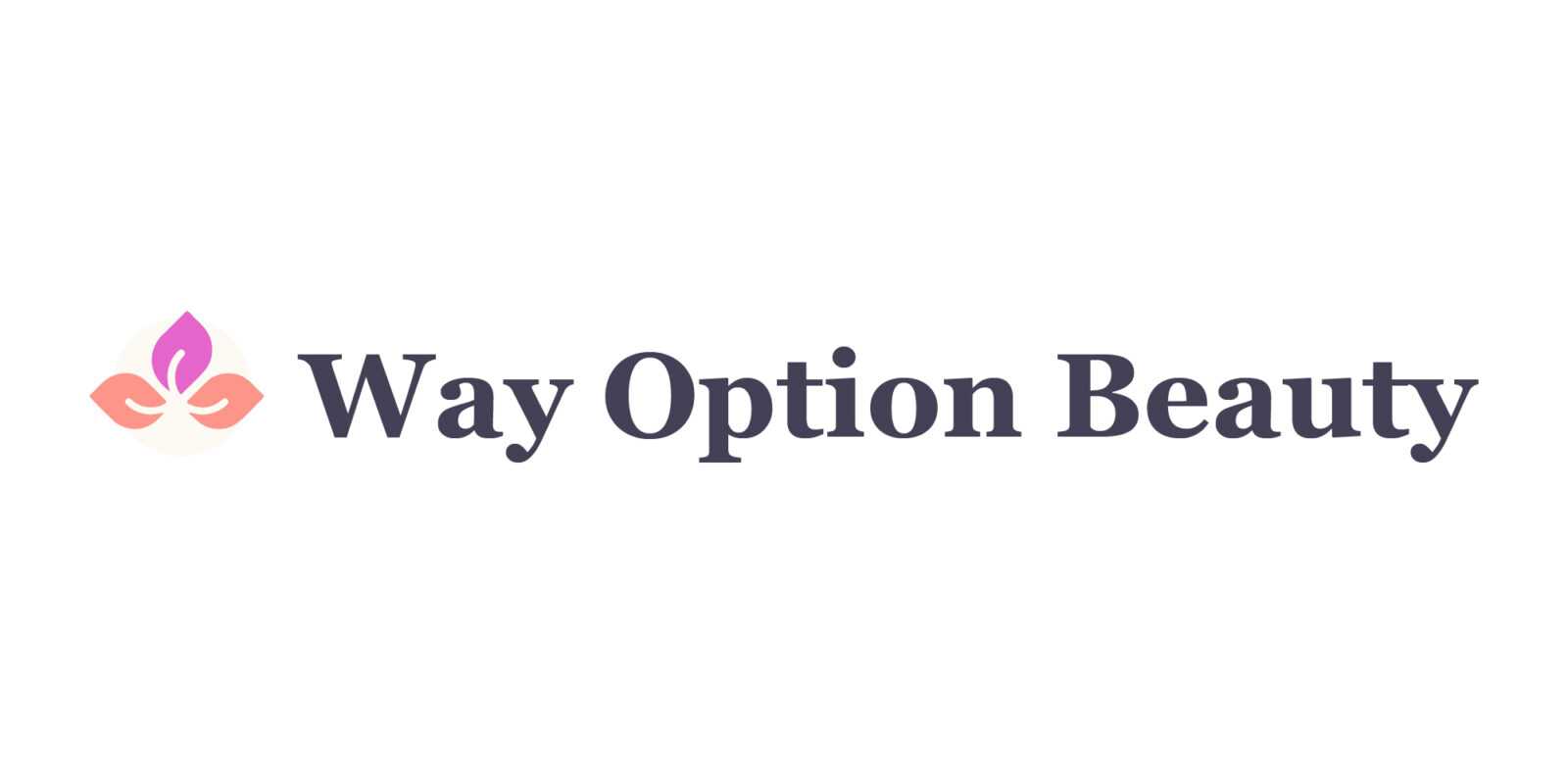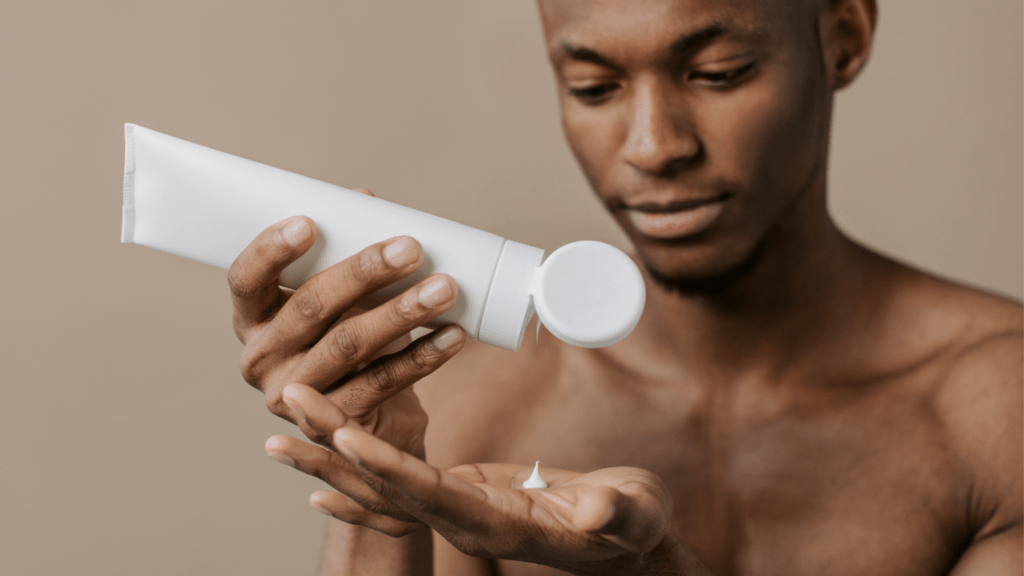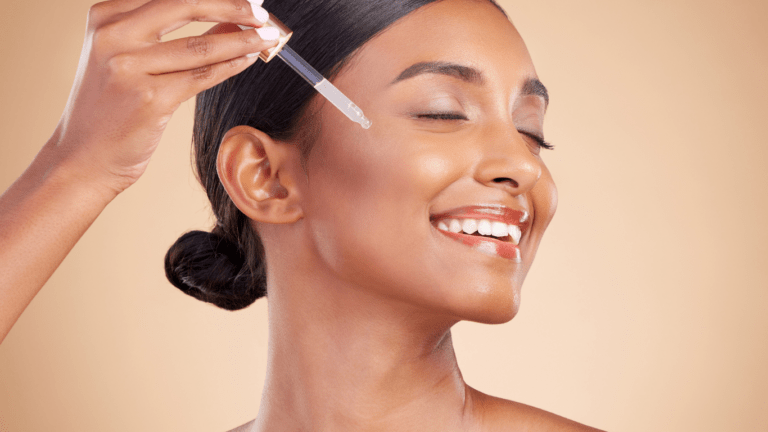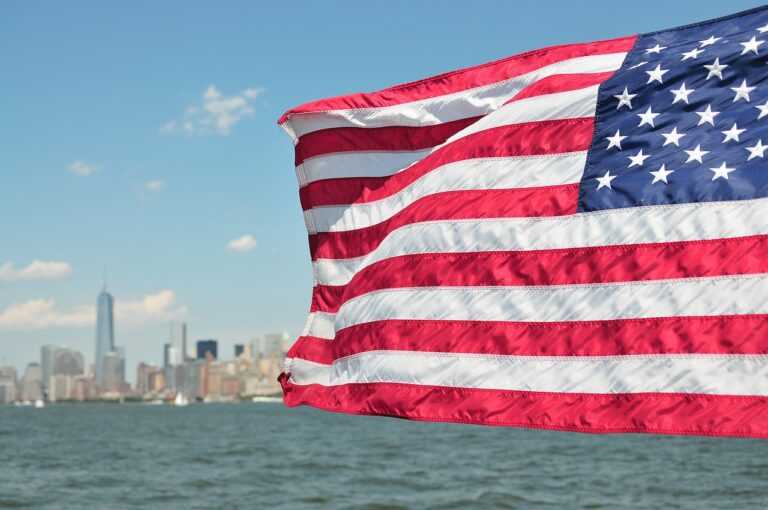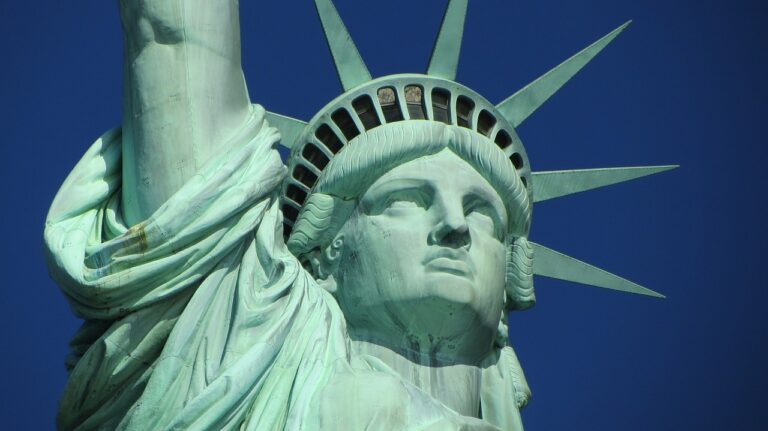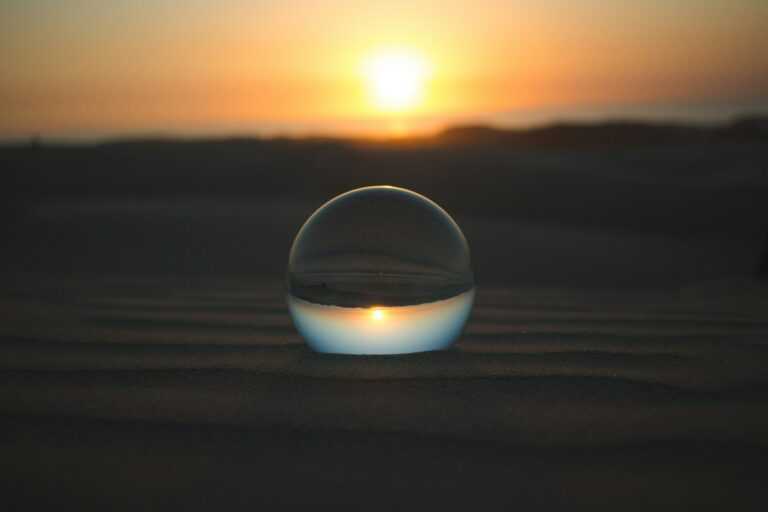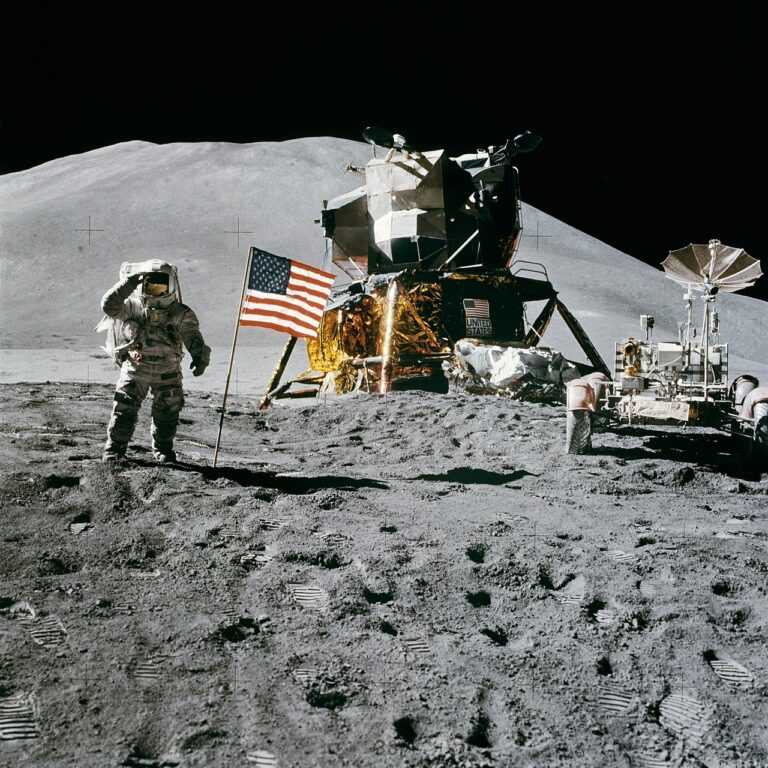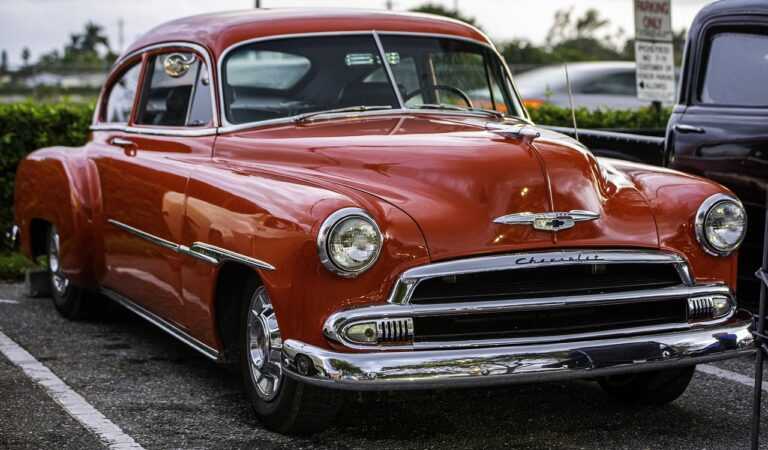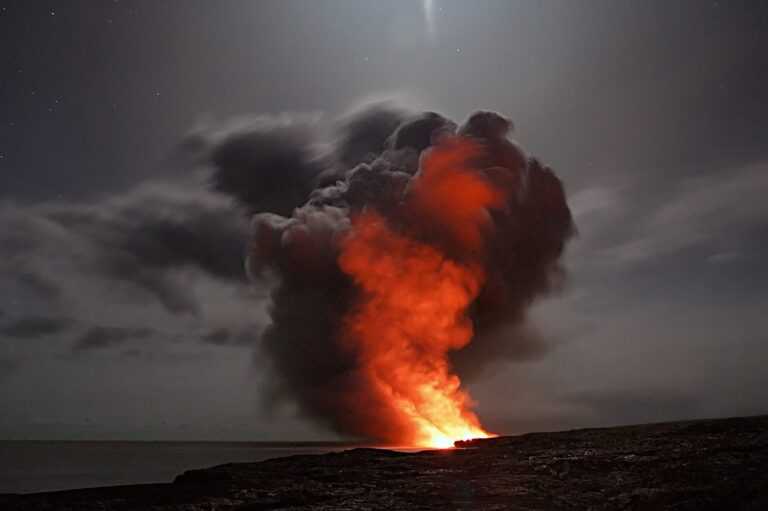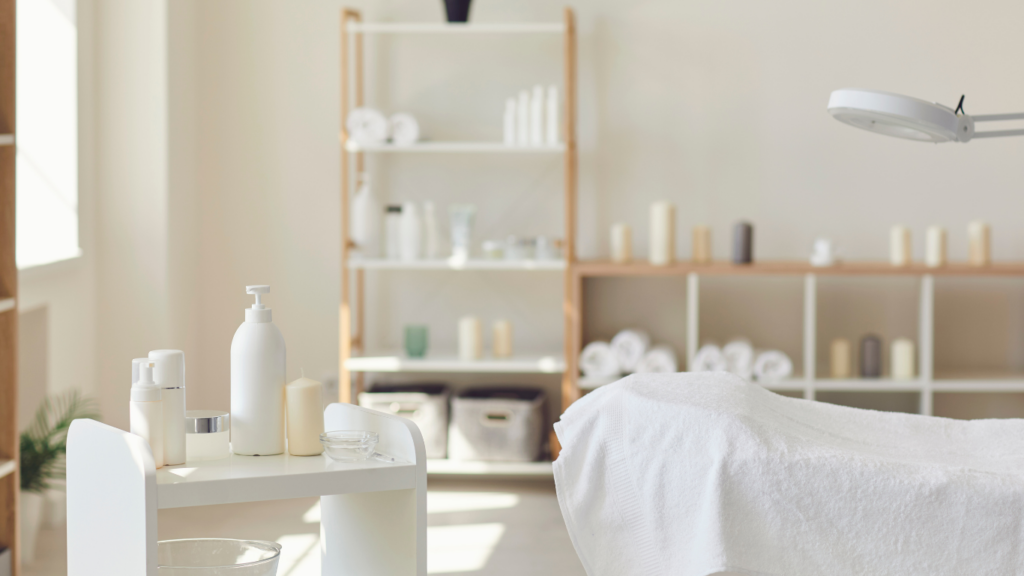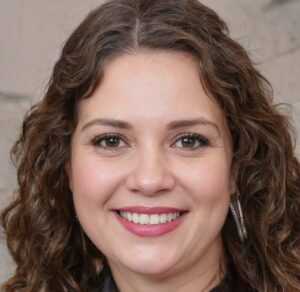Understanding Gender-Neutral Beauty Products
Gender-neutral beauty products don’t adhere to traditional male or female labels. These products embrace inclusivity by focusing on skin types, concerns, and preferences rather than gender. This approach challenges the outdated norms and pushes the industry towards a more inclusive future.
Several brands already offer gender-neutral options. For example, Fenty Beauty, Fluide, and Milk Makeup create inclusive products designed for everyone, regardless of gender. These brands promote a broad range of shades, formulations, and packaging that appeal to a diverse audience.
Marketing strategies have also evolved to support gender-neutral products. Brands use inclusive language, featuring diverse models in their campaigns, and promoting product benefits without gender-specific terminology. This shift makes beauty more accessible and relatable.
Product formulation is another essential aspect. Gender-neutral products focus on universal ingredients like:
- hyaluronic acid
- vitamin C
- retinol
These elements address common beauty concerns such as hydration, brightness, and anti-aging, removing gender from the equation.
By understanding the concept and impact of gender-neutral beauty products, we see a transformative shift. The focus is no longer on gender, but rather on personal expression, inclusivity, and meeting individual needs.
The Historical Context of Beauty Norms
The concept of beauty has long been influenced by traditional gender roles, dictating distinct aesthetics for men and women. This historical framework shaped how products were formulated, marketed, and perceived.
Traditional Gender Roles in Beauty
Traditional beauty norms defined specific standards for men and women. Men’s products emphasized functionality and subtlety, with fragrances like aftershave and cologne. Women’s beauty products, however, focused heavily on enhancing features, with options like lipstick, mascara, and blush. The market segmentation reinforced the stereotypical attributes associated with each gender, limiting individual expression.
Shifts in Consumer Preferences
Consumer preferences began shifting as the demand for more inclusive products grew. Individuals increasingly rejected rigid gender norms, seeking products addressing their unique concerns instead of conforming to gender-based marketing. Brands adapted by creating gender-neutral lines focused on skin types and individual needs. This shift reflected a broader movement towards inclusivity and self-expression, challenging and redefining traditional beauty standards.
Key Features of Gender-Neutral Beauty Products

Gender-neutral beauty products cater to individual needs and preferences rather than adhering to traditional gender distinctions. They prioritize inclusivity and universality, which makes them stand out in the beauty industry.
Inclusive Ingredients and Formulations
Gender-neutral products incorporate high-quality, universal ingredients that address common skin concerns. Brands use ingredients like hyaluronic acid, vitamin C, and niacinamide. For example, a moisturizer may include both hyaluronic acid for hydration and niacinamide for pore minimization. These ingredients suit all skin types and respond to diverse beauty needs.
Hybrid formulations offer multifunctional benefits. Products like tinted moisturizers, which combine SPF protection, hydration, and a slight tint, illustrate this trend. This approach simplifies beauty routines and ensures accessibility for everyone.
Packaging and Marketing Strategies
Gender-neutral beauty products use minimalist and functional packaging. Brands choose sleek designs, neutral colors, and straightforward labeling. For instance, simple yet elegant packaging might involve frosted glass bottles with monochromatic labels. This creates a sophisticated look that appeals to all genders.
Marketing strategies emphasize inclusivity. Brands feature diverse models in their campaigns and use inclusive language. For example, instead of targeting products as “for him” or “for her,” messaging focuses on solutions for “all skin types” or “all hair types.” This encourages a broader acceptance and understanding of beauty products.
Prominent Brands Leading the Way
Several brands have embraced the move towards gender-neutral beauty, redefining industry standards and consumer expectations.
Major Beauty Brands
- Fenty Beauty
Fenty Beauty has revolutionized gender-neutral beauty since its launch. With a broad range of shades and inclusive marketing strategies, Fenty Beauty’s products cater to every skin tone and type. High-quality items like the Pro Filt’r Soft Matte Longwear Foundation set a new benchmark for inclusivity. - Fluide
Fluide focuses on expressive, inclusive beauty. Offering products like universally flattering liquid lipsticks and glitter, Fluide breaks traditional gender norms. Campaigns showcase diverse models, highlighting the brand’s commitment to diversity. - Milk Makeup
Milk Makeup thrives on the philosophy of self-expression. Products like the Hydro Grip Primer and Lip + Cheek combine skincare benefits with makeup, suitable for all individuals. Their cruelty-free, vegan formulas resonate with a broad audience, further establishing gender neutrality in beauty.
- Non Gender Specific
Non Gender Specific tailors its products to everyone. With formulations addressing common skin concerns like the Everything Serum and the Everything Mask, the brand champions a straightforward, all-encompassing approach to skincare. - Jecca Blac
Jecca Blac, founded by makeup artist Jessica Blackler, initially catered to transgender women. Now, the brand offers inclusive products like the Correct & Conceal Palette and Sculpt & Soften Palette, promoting gender diversity and inclusivity. - NOTO Botanics
NOTO Botanics focuses on natural, multi-use products. Items like the Hydra Highlighter and Agender Oil emphasize simplicity and efficacy. These products appeal to a diverse audience interested in minimalist routines and eco-conscious choices.
Brands both big and small are paving the way for a more inclusive beauty industry by breaking traditional norms and addressing universal beauty needs.
Consumer Reception and Market Trends
Consumer interest in gender-neutral beauty products has surged as society moves towards inclusivity and authenticity. This shift impacts all demographics and reflects broader cultural changes.
Demographic Insights
Younger consumers, especially Gen Z and Millennials, show the strongest preference for gender-neutral beauty items. According to a 2020 Statista survey, 41% of Gen Z buyers favor such products compared to 36% of Millennials. Their purchase decisions often reflect a desire to challenge traditional norms and embrace individuality. Additionally, LGBTQ+ communities support the move towards inclusive beauty, valuing representation and diversity in product offerings and marketing campaigns. Older generations, though slower to adopt, are also joining the trend as awareness of inclusivity rises.
Sales and Market Impact
The market for gender-neutral beauty products has experienced significant growth. According to Grand View Research, the global market size for gender-neutral beauty was valued at $1.59 billion in 2019 and is expected to expand at a CAGR of 6.2% from 2020 to 2027. This growth encourages brands to innovate and diversify their offerings. Brands like Fenty Beauty and Glossier report increased sales and customer loyalty due to their inclusive product lines. Retailers benefit as gender-neutral products often lead to higher engagement rates, attracting a broader customer base and encouraging repeat purchases. These trends demonstrate the positive financial impacts of embracing gender-neutral beauty, pushing brands and retailers to further invest in inclusivity.
Challenges and Opportunities
Efforts to develop gender-neutral beauty products encounter certain challenges, but they also offer significant opportunities for growth and innovation.
Overcoming Stereotypes
Brands face the challenge of overcoming entrenched gender stereotypes in beauty. Historically, society has categorized beauty products as either masculine or feminine. To break these norms, companies must invest in thoughtful marketing strategies that emphasize inclusivity. This means using inclusive language in product descriptions and advertising, selecting diverse models, and creating campaigns that stress individuality over conformity. For example, placing models of various genders, skin tones, and styles in marketing materials showcases the universal appeal of the products.
Future Potential
The future potential for gender-neutral beauty products is vast. With growing acceptance and demand, brands can expand their offerings to include more inclusive and multifunctional products. The adoption of technologies like AI and AR can further customize beauty solutions, allowing consumers to find products that suit their unique preferences and needs. Market trends indicate sustained interest, suggesting that companies investing in inclusivity will not only meet social expectations but also achieve significant financial gains. The ongoing shift toward sustainability also aligns with gender-neutral product lines, paving the way for environmentally conscious beauty solutions that appeal to a broader audience.
